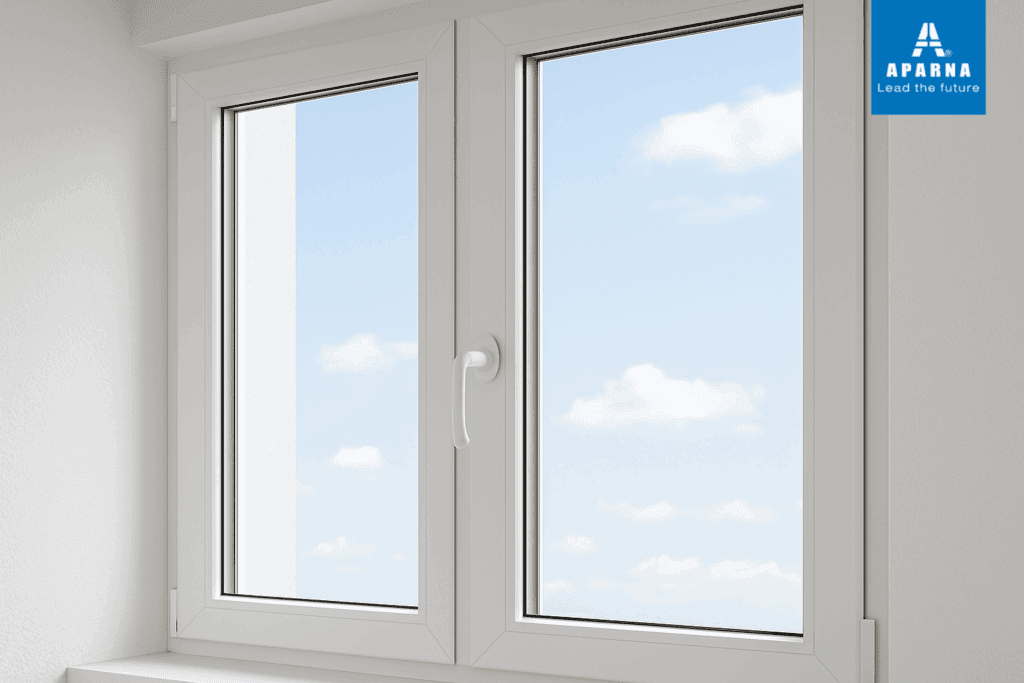Tag: upvc frame maintenance
How to Maintain uPVC Windows for Long-Term Performance & Durability

uPVC windows are a popular choice for modern homes and commercial buildings due to their low maintenance, excellent insulation, and weather-resistant properties. But even the best-performing uPVC systems need routine care to function efficiently over the years. A proper maintenance routine helps retain the look, durability, and energy efficiency that make uPVC windows a long-term investment.
1. Regular Cleaning of uPVC Frames
Dust, dirt, and environmental grime can settle on the frame over time, especially in urban or coastal regions. Cleaning the frames not only preserves the appearance but also prevents material degradation.
Use a soft cloth or sponge, warm water, and mild detergent to wipe down the frames. Avoid using abrasive scrubbers, bleach, or acidic cleaners, as these can erode the outer surface. Clean along corners, joints, and tracks to prevent dirt buildup.
2. Keep the Glass Panels Streak-Free
Clean, clear glass improves natural lighting and visibility. Use a solution of water and vinegar or a good-quality glass cleaner to remove smudges, dust, or watermarks. Apply the solution with a microfiber cloth, then wipe dry with a lint-free towel.
Avoid cleaning under direct sunlight as it can cause streaks. Always clean both sides of the window for maximum light transmission.
3. Lubricate Hinges, Locks, and Moving Parts
uPVC windows are designed with precision hardware—multi-point locks, friction hinges, and handles—that require lubrication for smooth operation.
Use silicone-based lubricant or light machine oil twice a year to prevent friction and rust. Apply it to the hinges, locking points, and handles. Do not use heavy greases or sprays like WD-40, which may attract dirt or create a sticky residue. Tighten any loose screws to maintain window alignment.
4. Inspect Seals and Rubber Gaskets
The airtight performance of uPVC windows depends heavily on intact rubber seals. Damaged or dry gaskets can result in air leakage, noise infiltration, and higher energy bills.
Check for shrinkage, cracks, or looseness. Wipe the rubber seals gently with soapy water to remove dust. Once clean, apply a silicone conditioner to maintain flexibility and extend their lifespan. Always ensure that seals are properly seated in the grooves around the frame.
5. Clear and Maintain Drainage Holes
Most uPVC windows feature drainage channels to allow rainwater to flow out. Blocked weep holes can lead to water retention inside the frame, causing leaks or mold growth.
Inspect the drainage slots at the base of the frame. Clear debris using a thin brush, a cotton swab, or compressed air. Pour a small amount of clean water to ensure the drainage system is working properly.
6. Reduce Condensation with Proper Ventilation
Condensation on the interior side of the glass is common, especially in humid rooms like kitchens or bathrooms. While this doesn’t damage uPVC windows directly, persistent moisture can affect paint, plaster, and even indoor air quality.
Open the windows for a few minutes daily to improve air exchange. Install exhaust fans where needed. Maintain indoor humidity levels between 30–50%. If condensation appears between the glass panes, it may signal a failed double-glazed unit, which needs professional attention.
7. Adjust Window Locks for Seasonal Efficiency
Some uPVC windows allow seasonal adjustments in their locking cams or compression points. These are useful for adapting to expansion or contraction of materials due to temperature changes.
In winter, the locking mechanism can be adjusted to create a tighter seal. In summer, it can be loosened slightly to improve ventilation. Use an Allen key to adjust the locking cams on the sash. Make small adjustments to avoid over-compressing the seal.
8. Remove Surface Discoloration
Although uPVC is UV-stable and colorfast, exposure to industrial pollution or salty air can cause light yellowing or staining over time. Restore brightness using a non-abrasive uPVC cream cleaner. Apply with a soft cloth and rub gently over affected areas.
Avoid sanding or painting the surface. These actions can compromise the protective outer layer and reduce performance over time.
9. Schedule Annual uPVC Window Inspections
An annual check helps identify early signs of wear or damage. This is especially important in high-rise buildings or properties near the coast. Look for:
- Cracks or deformation in the frame
- Difficulty in locking or opening
- Moisture buildup or air leaks
- Loose or rattling handles and screws
Addressing issues early extends the life of your uPVC windows and reduces repair costs.
